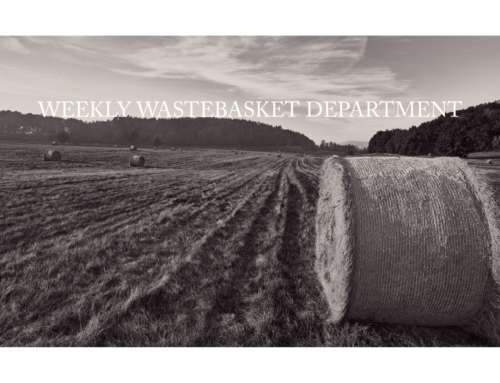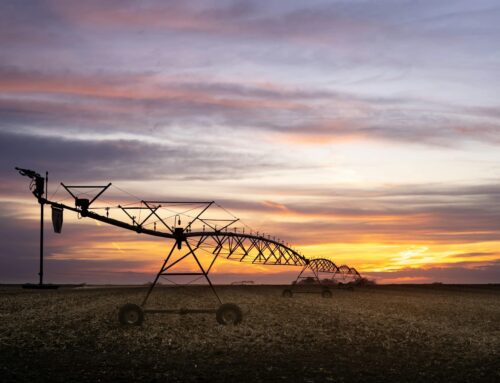Just a decade ago, budget experts estimated that the 2002 farm bill would cost taxpayers $451 billion over ten years. However, farm legislation that passed the House and the Senate this year is expected to cost more than double this amount – nearly $1 trillion over the next decade. Most of the cost increase can be attributed to higher spending on the Supplemental Nutrition Assistance Program (SNAP, also known as food stamps), and highly subsidized crop insurance. About 80 percent of farm bill spending goes to nutrition programs, followed by farm subsidies and crop insurance (13 percent), conservation programs (6 percent), and everything else which includes trade, energy, horticulture, research, rural development, etc. (1 percent).
|
Table 1: Projected Costs of Recent Farm Bills |
||
|
Farm Bill |
10-Year Projected Cost |
% Increase from Previous Legislation |
|
2002 Farm Bill Projected Spending |
$451 billion |
|
|
2008 Farm Bill Projected Spending |
$641 billion |
42% increase from 2002 |
|
2013 Senate Farm Bill |
$955 billion |
49% increase from 2008 |
|
2013 House Farm and Nutrition Bills |
$921 billion |
44% increase from 2008 |
Not only have farm bill costs increased significantly over time, but they are notoriously over budget. The final price tag of the 2002 farm bill was underestimated by 30 percent, and the 2008 bill is expected to spend at least 42 percent more than predicted. The Congressional Budget Office has a poor track record of predicting the costs of the crop insurance program. And subsidies that pay for insurance agents’ commissions and producers’ premiums are predicted to double over the next decade as compared to those passed just five years ago. Coupled with proposed special interest carve-outs for catfish, cotton, popcorn, and peanuts and new cash guarantees and government-set target price programs, taxpayers could be out billions more than CBO’s crystal ball envisions. A trillion dollar farm bill could easily turn into $1.5 trillion or even more.
|
Table 2: Farm Bill Costs are Greatly Underestimated |
||
|
|
Projected 10-Year Cost |
Actual 10-Year Cost |
|
2002 Farm Bill |
$451 billion |
$588 billion |
|
2008 Farm Bill |
$641 billion |
$913 billion |
|
2013 Farm Bill |
$921-955 billion |
? trillion |
Taxpayers could save at least $100 billion over the next ten years by eliminating wasteful agricultural subsidies like direct payments, reining in out-of-control spending on the highly subsidized federal crop insurance program, rejecting new “shallow loss” income guarantee subsidies, and making other federal farm bill programs more transparent and accountable to the public. An adequate, effective, and efficient agricultural safety net can be created but outdated and unnecessary subsidies must first be eliminated.














Get Social